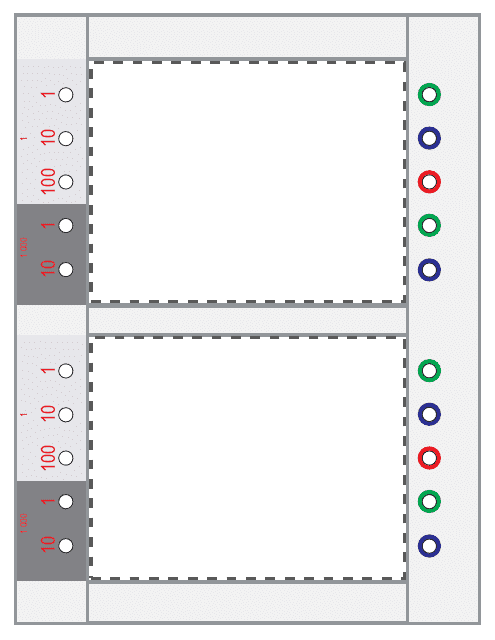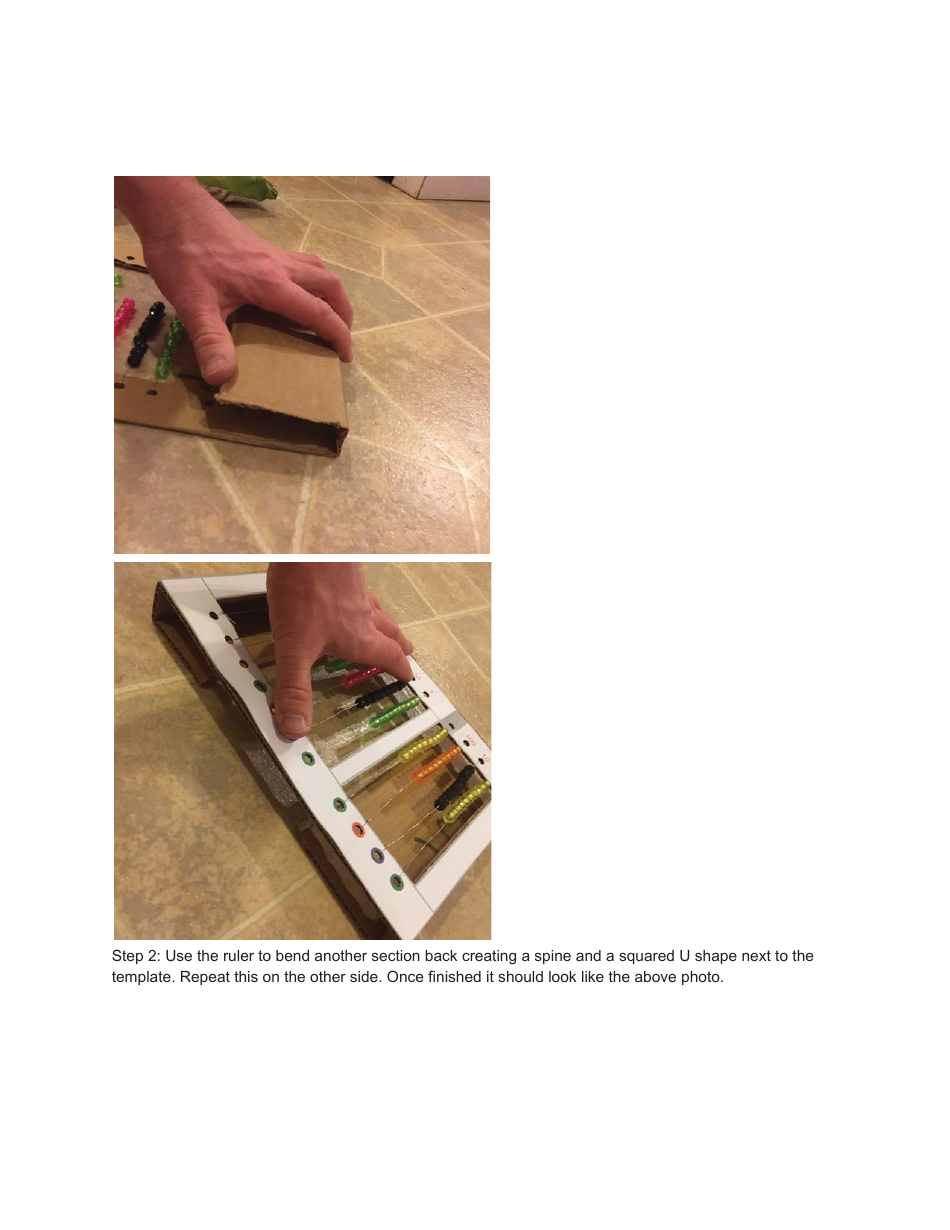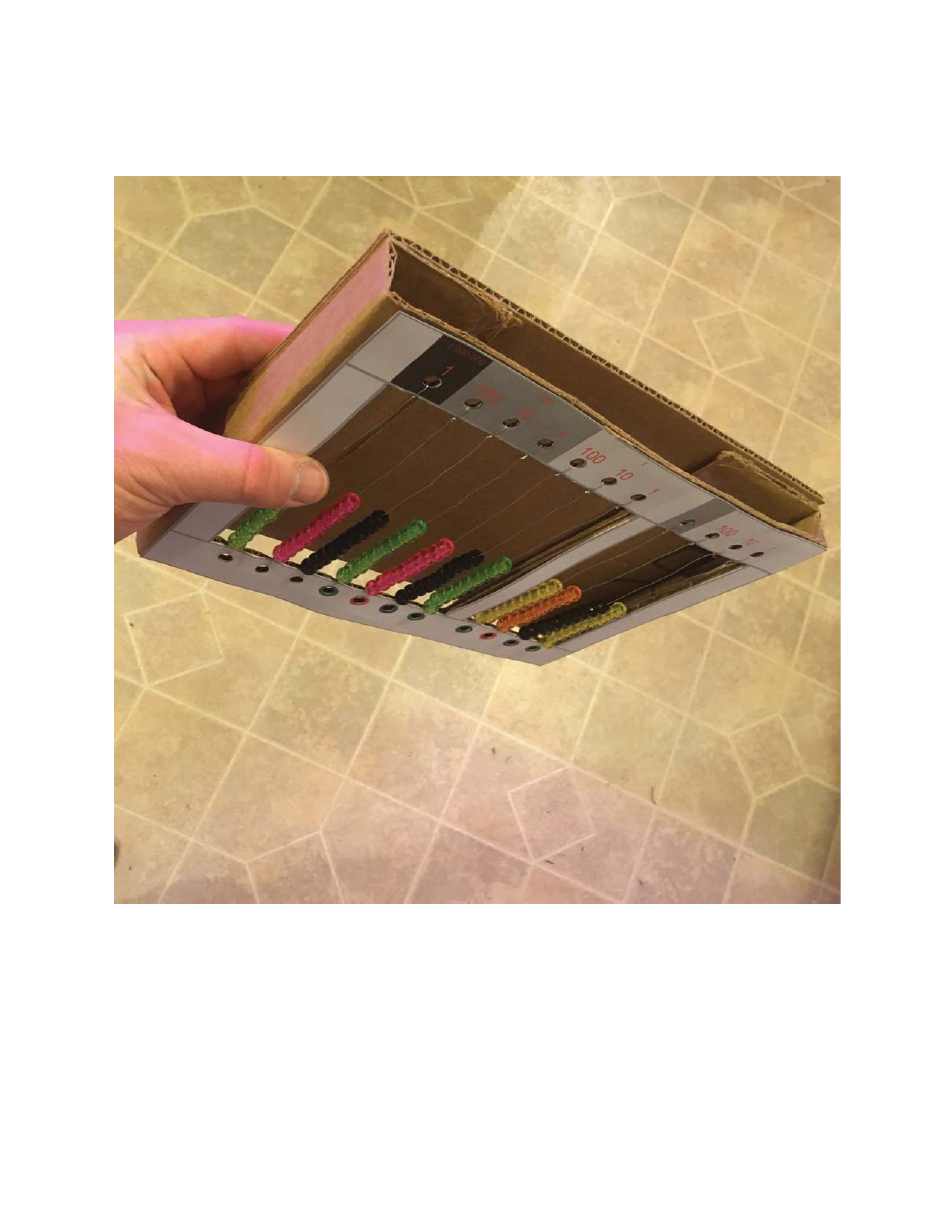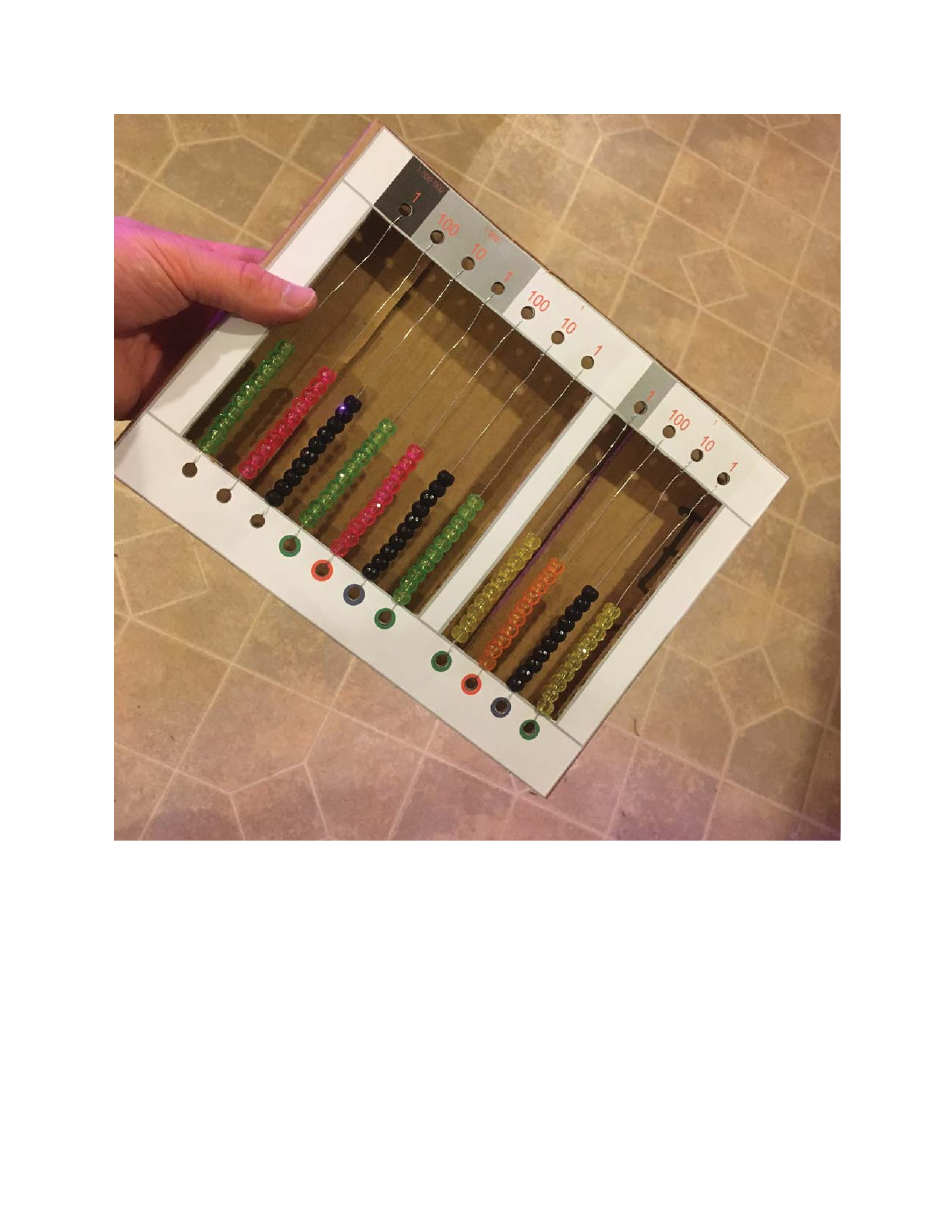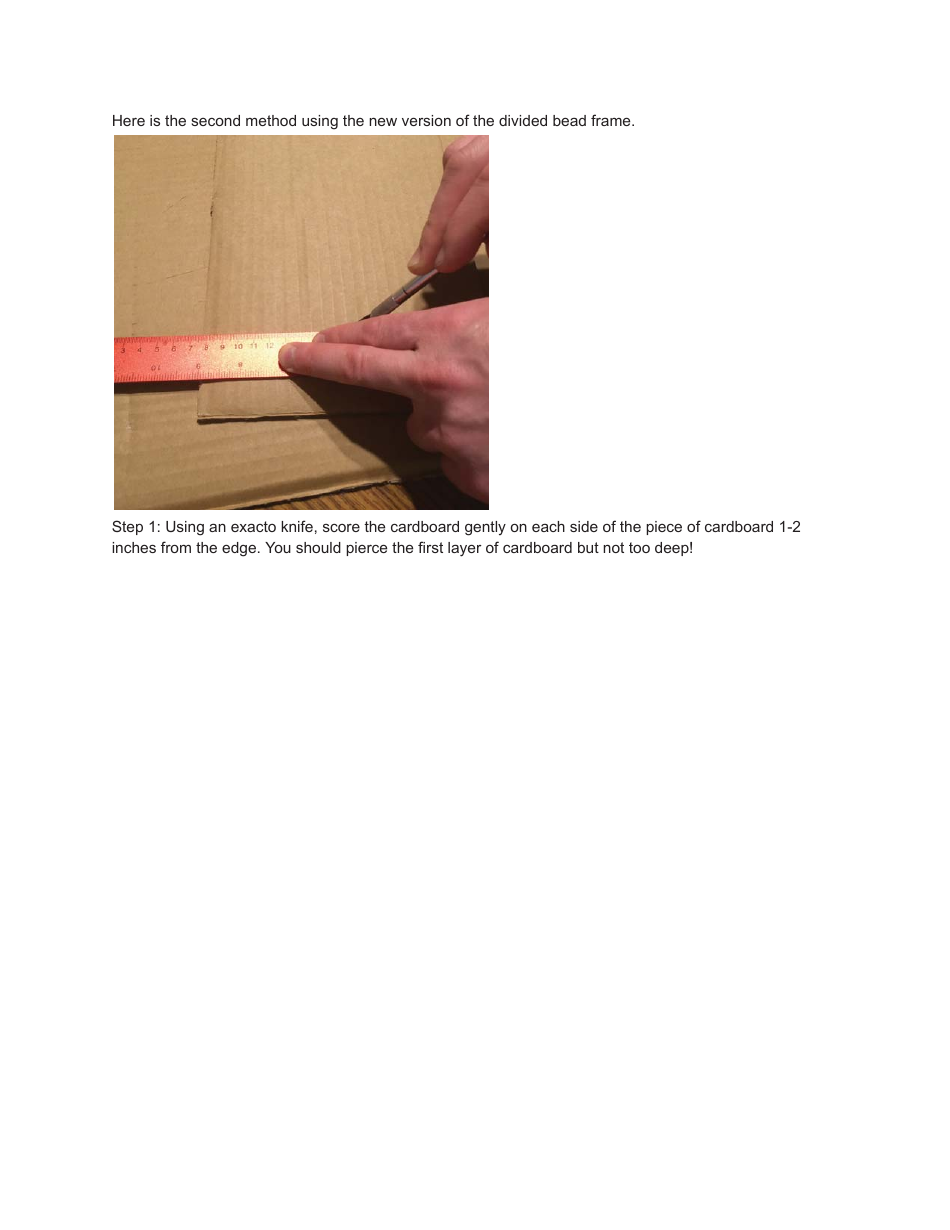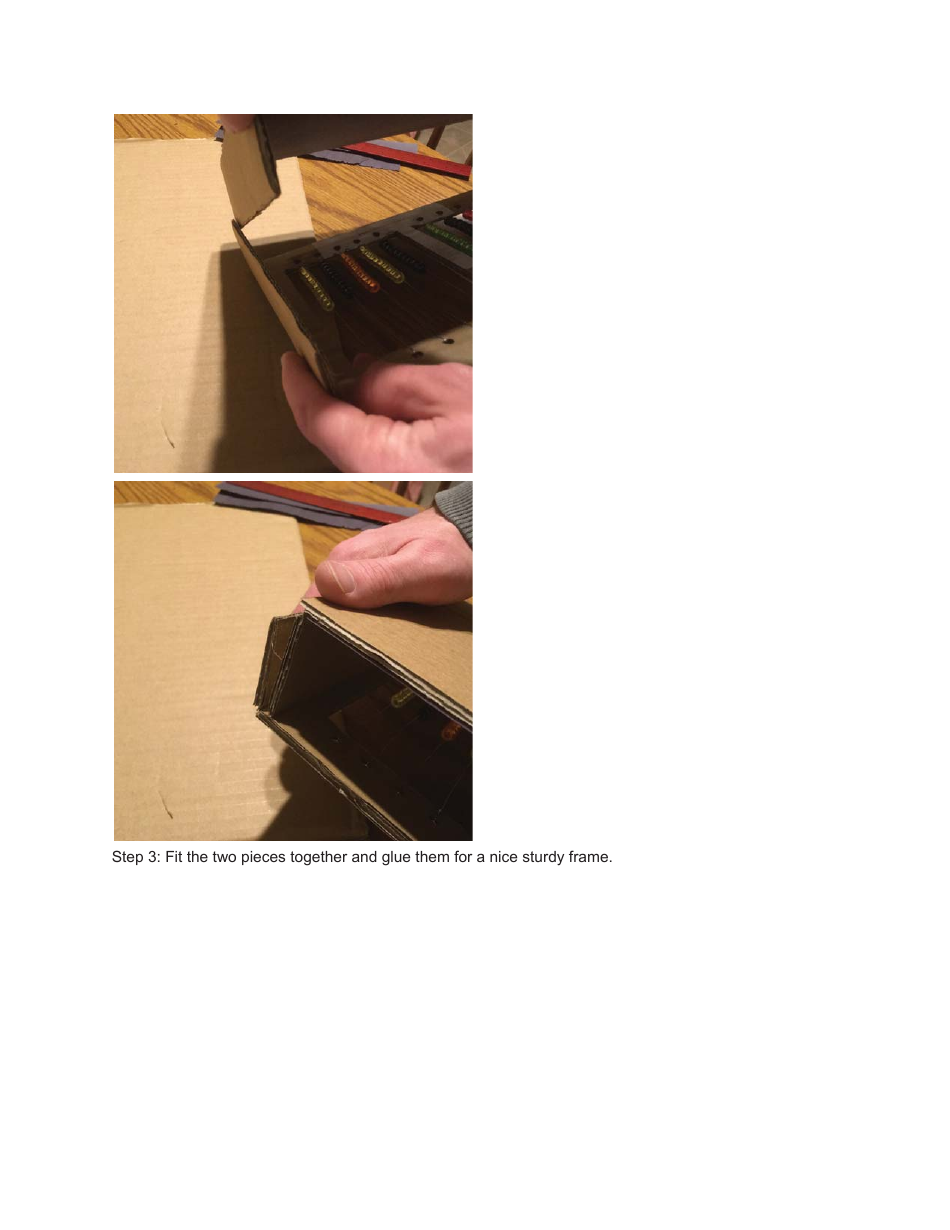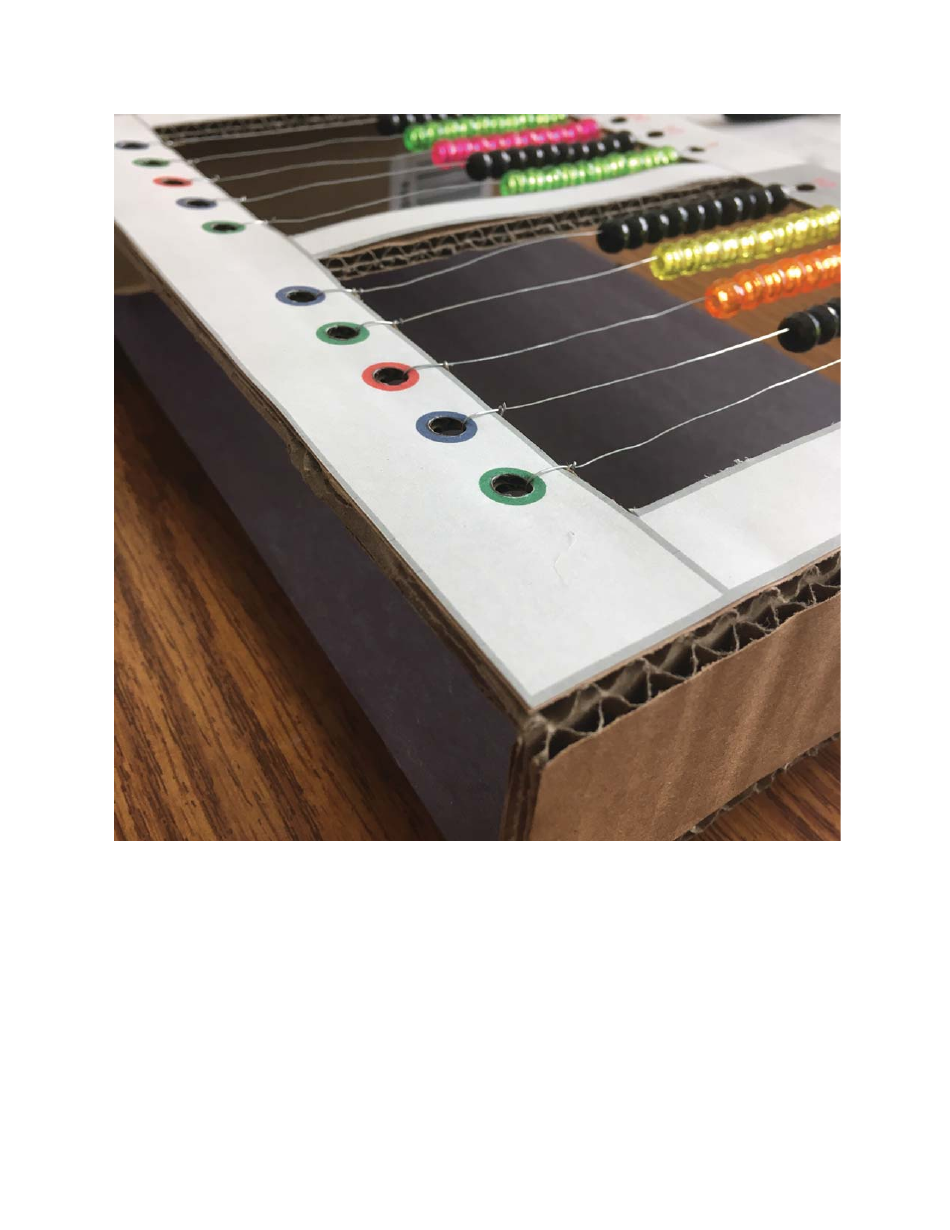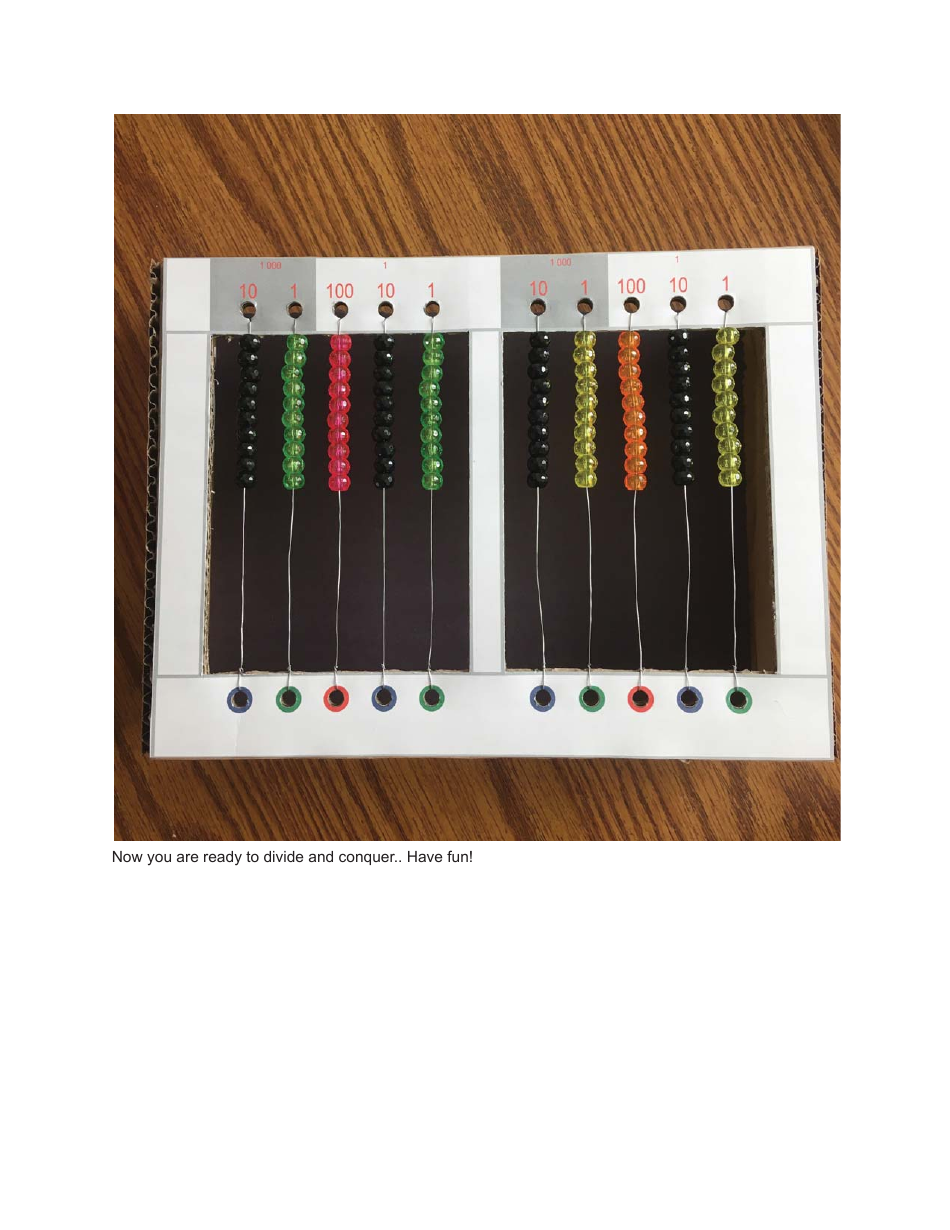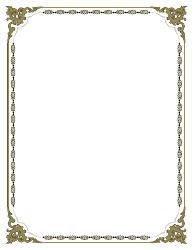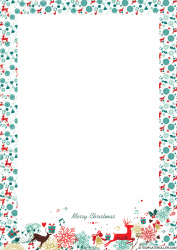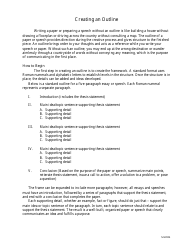Divided Bead Frame Template
The Divided Bead Frame Template is commonly used as an educational tool for Mathematics, particularly for assisting with tasks in subtraction, addition, multiplication, and division. It helps students understand number composition and decomposition effectively and is typically used in Montessori teaching methods for primary school math education.
The term "Divided Bead Frame Template" isn't commonly used in the documentation of any country such as the USA, Canada, India, or Australia nor does it appear to relate to standard international document procedures. It could potentially be a term specific to a certain field, industry, or even a company but without that specific context, it's challenging to provide an accurate response. Can you provide more details? If we're dealing with an incorrect or auto-corrected term, I recommend trying again with the correct term or more specific context.
FAQ
Q: What is a Divided Bead Frame Template?
A: A Divided Bead Frame Template is a tool used in Montessori education primarily for teaching mathematics. It's a physical framework with rows of 10 beads representing units, tens, hundreds, and thousands. The frame is divided, generally having a space that separates the first five to make counting easier for children.
Q: How is a Divided Bead Frame Template used?
A: The Divided Bead Frame Template is used for teaching mathematical operations like addition, subtraction, multiplication, and division. Students use the beads to physically count and perform these operations, enhancing their understanding of mathematical principles.
Q: Who uses a Divided Bead Frame Template?
A: A Divided Bead Frame Template is primarily used by educators in the Montessori teaching method. However, parents can also use it at home to help their children understand mathematical concepts better.
Q: Can a Divided Bead Frame Template be used for complex mathematical operations?
A: While primarily used for basic operations, the Divided Bead Frame Template can also be used to teach more complex mathematical operations as children's understanding of mathematics grows.
